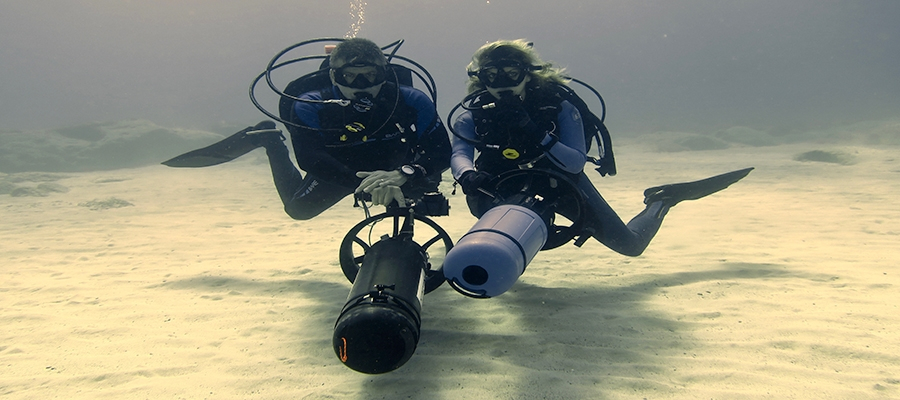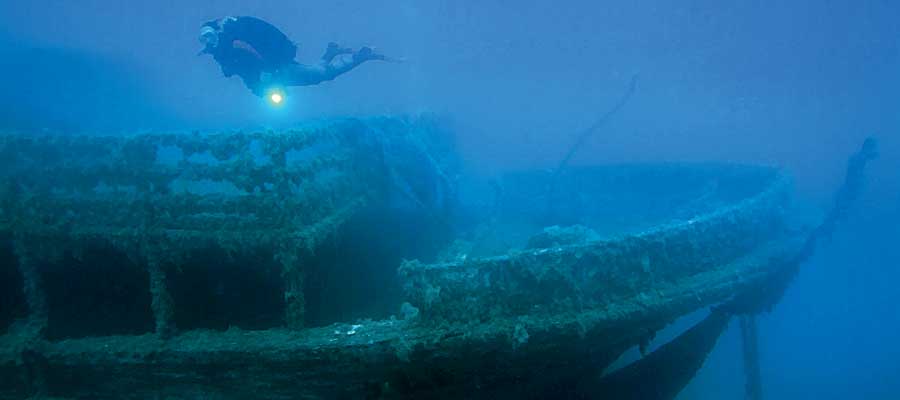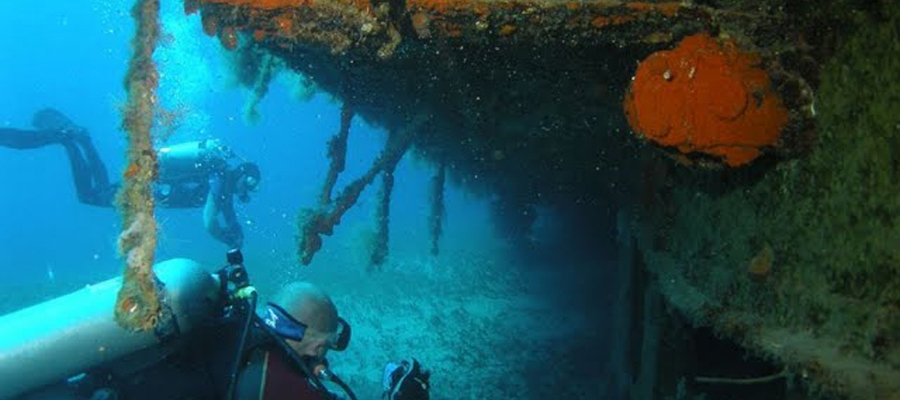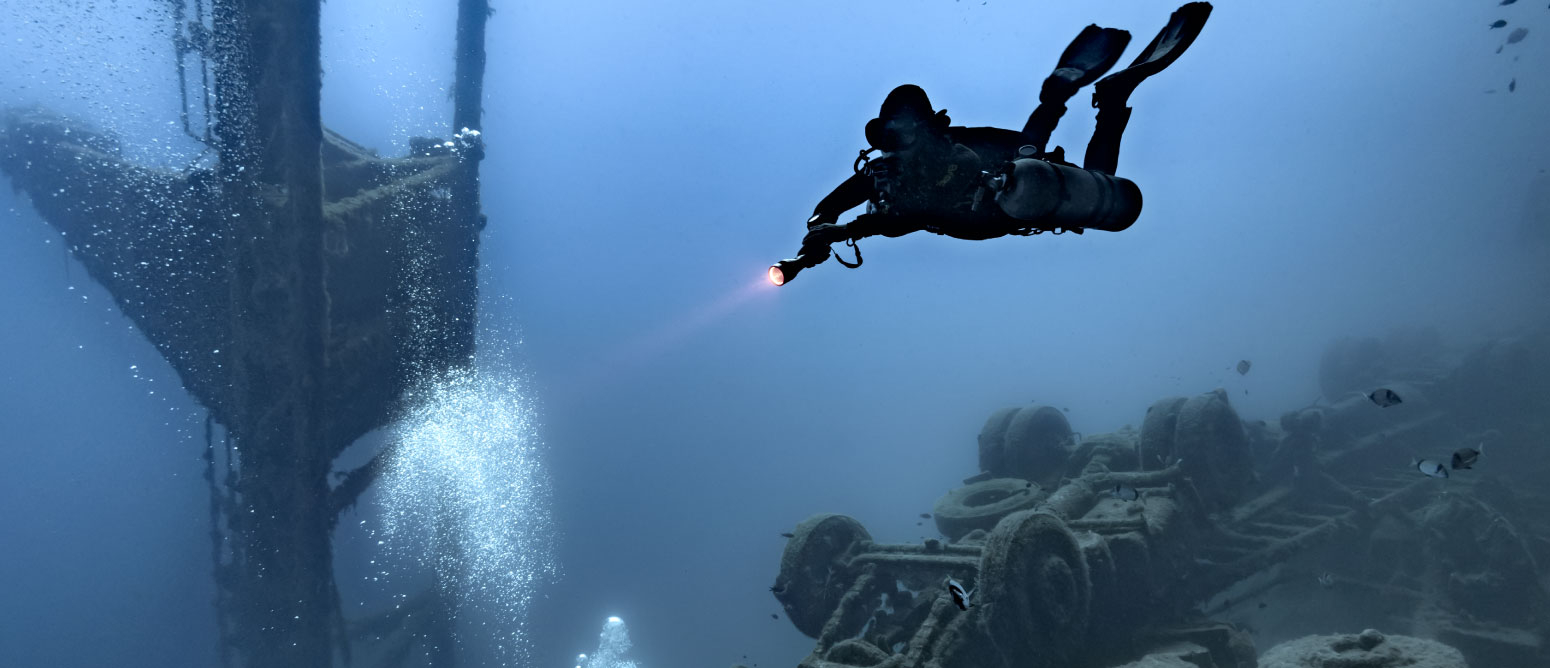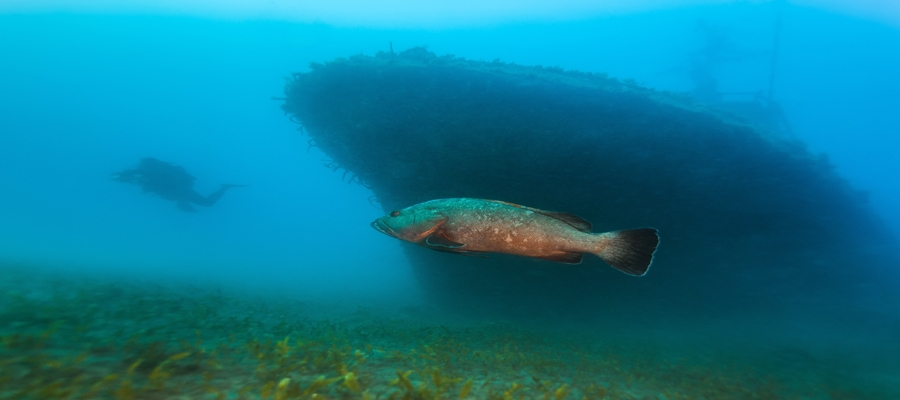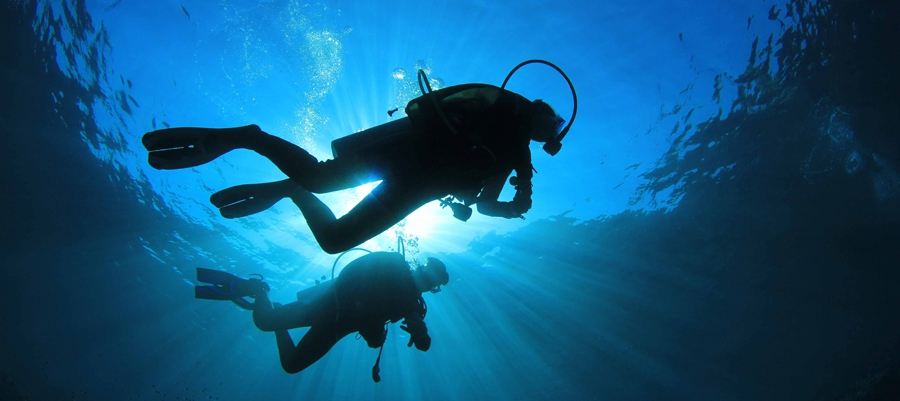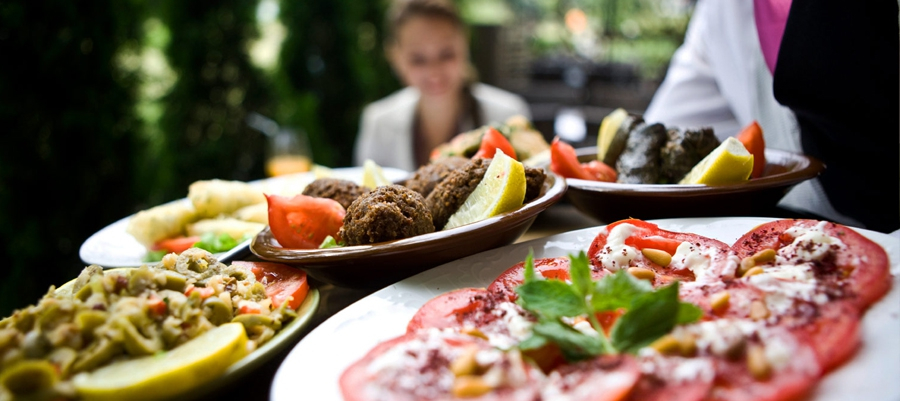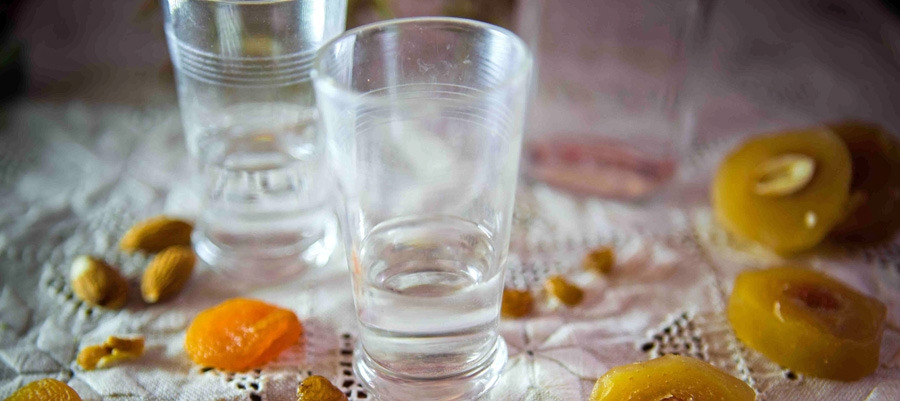Enjoy an endless selection of eating, drinking and entertainment options on an isle where the varied and exciting range of experiences belies its petite size.
As a traditional Mediterranean island that is also a full member of the European Union (EU), you can select a route of customs, authenticity and local charm, or the diversity of a modern, international melting pot – both equally enticing.
The delicious, traditional cuisine of the island is a vibrant and healthy fusion of Greek and Middle Eastern flavours, characterised by fresh, local ingredients, and best-enjoyed al fresco – under sun or stars. The welcome at traditional establishments is always warm and enveloping; whether you are trying a meze meal for the first time, taking in a show of folkloric entertainment, or joining in with the dancing and merriment at a bouzouki venue. The cultural calendar is also bursting with Cypriot celebrations and festivals all year round, from honouring religious dates and saints, to marking the glut of a harvest or taking pride in a local produce, performing art or handicraft.
The island’s more contemporary face is reflected in the myriad of restaurants that cover all the culinary corners of the globe with more exotic and ethnic dining, whilst pubs, bars and clubs play international hits and welcome Djs and musicians from all over world. From thumping beach parties and modern coffee shops, to premier ballets and operas, Cyprus embraces the culture and arts of all countries and merges them with its own unique setting of ancient amphitheatres, cobbled squares, winding streets and coastal stages.
Whether embarking on a wild night out, appreciating the finer aspects of drinking and dining, or immersing yourself as a spectator in a cultural offering, you will find that Cyprus is all at once traditional and modern, refined and bustling, and yet, unmistakably a one-of-a-kind leisure destination… Enjoy!


